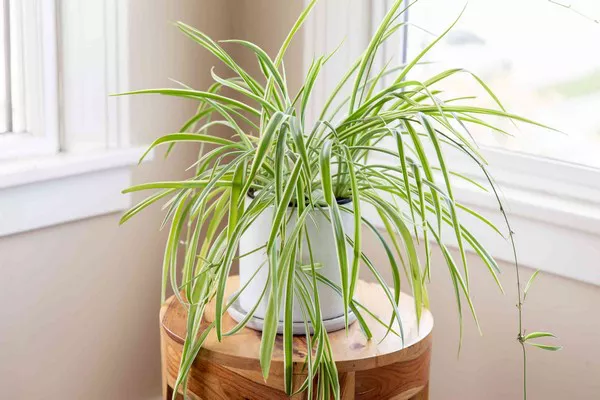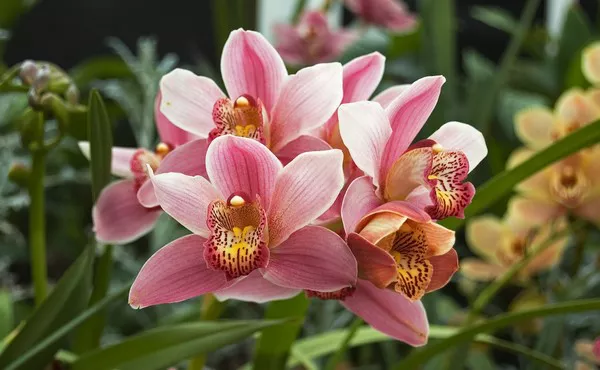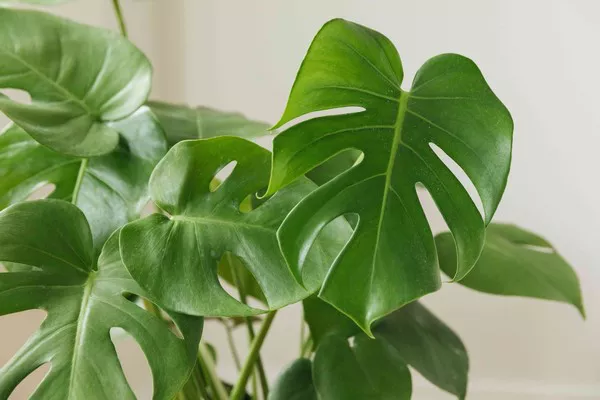Endangered plants are vital components of our ecosystems, contributing to biodiversity, ecological stability, and the overall health of the environment. However, many plant species are currently facing severe threats due to habitat loss, climate change, and human activities. This article explores the top 10 endangered plants, highlighting their unique characteristics, ecological significance, and the urgent need for conservation.
Top 10 Endangered Plants in the World
1. Rafflesia arnoldii
The World’s Largest Flower
Rafflesia arnoldii, also known as the corpse flower, holds the title of the world’s largest flower. Native to the rainforests of Sumatra and Borneo, this parasitic plant can grow up to three feet in diameter. It emits a strong odor of decaying flesh to attract carrion flies, which help with pollination.
Conservation Challenges
Rafflesia arnoldii is endangered due to deforestation and habitat fragmentation. Its unique lifecycle, relying on specific host vines, makes it highly vulnerable to environmental changes. Conservation efforts focus on protecting its natural habitat and promoting sustainable land-use practices.
2. Encephalartos woodii
The Loneliest Plant
Encephalartos woodii, commonly known as Wood’s cycad, is one of the rarest plants on Earth. Native to South Africa, only male specimens of this cycad exist, making natural reproduction impossible. It is often referred to as the “loneliest plant” because it cannot produce seeds.
Preservation Efforts
Conservationists have propagated Encephalartos woodii through cloning and cultivation in botanical gardens. Protecting the remaining specimens and researching potential methods for inducing seed production are crucial for its survival.
3. Amorphophallus titanum
The Titan Arum
Amorphophallus titanum, or the titan arum, is another giant flower known for its impressive size and foul odor. Native to the rainforests of Sumatra, this plant’s inflorescence can reach over 10 feet in height. It blooms infrequently, making each flowering event a significant occurrence.
Threats and Conservation
The titan arum is endangered due to habitat loss and over-collection. Efforts to conserve this plant include habitat protection, cultivation in botanical gardens, and public awareness campaigns to reduce illegal harvesting.
See Also: Top 10 Most Precious Flowers in the World
4. Nepenthes attenboroughii
The Giant Pitcher Plant
Nepenthes attenboroughii is a giant carnivorous pitcher plant discovered on the Philippine island of Palawan. Named after Sir David Attenborough, this plant features large, bell-shaped pitchers that can trap and digest insects and small animals.
Conservation Status
Nepenthes attenboroughii is critically endangered due to habitat destruction, primarily from mining and agricultural expansion. Conservation initiatives focus on protecting its natural habitat and promoting sustainable land use practices.
5. Dendroseris neriifolia
The Chilean Bellflower
Dendroseris neriifolia, also known as the Chilean bellflower, is native to the Juan Fernández Islands off the coast of Chile. This rare plant produces stunning, bell-shaped flowers and has adapted to the unique island environment.
Endangerment and Protection
The Chilean bellflower is endangered due to invasive species, habitat degradation, and climate change. Conservation efforts include habitat restoration, invasive species control, and cultivation in botanical gardens to ensure its survival.
6. Welwitschia mirabilis
The Living Fossil
Welwitschia mirabilis, often referred to as a living fossil, is native to the Namib Desert in Namibia and Angola. This ancient plant can live for over a thousand years and is characterized by its two long, strap-like leaves that grow continuously from a central stem.
Conservation Concerns
Welwitschia mirabilis faces threats from climate change, habitat disturbance, and over-harvesting for horticultural purposes. Conservation efforts focus on protecting its natural habitat and regulating the collection of wild specimens.
7. Franklinia alatamaha
The Franklin Tree
Franklinia alatamaha, commonly known as the Franklin tree, is a rare flowering plant native to the Altamaha River region in Georgia, USA. It was discovered in the 18th century and named in honor of Benjamin Franklin. This plant is known for its fragrant white flowers and vibrant fall foliage.
Extinction in the Wild
The Franklin tree is extinct in the wild and only survives through cultivation in gardens and arboretums. Conservationists aim to preserve this species through propagation and by maintaining genetic diversity in cultivated populations.
See Also: Top 10 Most Masculine Flowers in the World
8. Cypripedium calceolus
The Lady’s Slipper Orchid
Cypripedium calceolus, also known as the lady’s slipper orchid, is a striking orchid species native to Europe and Asia. It features large, slipper-shaped flowers that vary in color from yellow to deep maroon.
Endangerment Factors
The lady’s slipper orchid is endangered due to habitat loss, illegal collection, and changes in land use. Conservation efforts include habitat protection, reintroduction programs, and raising public awareness about the importance of preserving native orchid species.
9. Puya raimondii
The Queen of the Andes
Puya raimondii, known as the Queen of the Andes, is the largest species of bromeliad and is native to the high Andes of Peru and Bolivia. This remarkable plant can reach heights of up to 50 feet and produces a massive inflorescence with thousands of flowers.
Conservation Challenges
Puya raimondii is endangered due to climate change, habitat destruction, and overgrazing by livestock. Conservation initiatives focus on protecting its high-altitude habitat and promoting sustainable grazing practices.
10. Erythrina schliebenii
The Schlieben Coral Tree
Erythrina schliebenii, or the Schlieben coral tree, is a rare flowering tree native to the coastal forests of Tanzania. It is known for its vibrant red flowers and distinctive thorny branches.
Threats and Conservation
The Schlieben coral tree is critically endangered due to deforestation, habitat fragmentation, and agricultural expansion. Conservation efforts include habitat restoration, propagation in botanical gardens, and legal protection of its natural habitat.
Conclusion
The top 10 endangered plants highlighted in this article represent a diverse array of species, each with its unique characteristics and ecological significance. The threats they face, including habitat loss, climate change, and human activities, underscore the urgent need for conservation efforts. Protecting these plants and their habitats is not only crucial for maintaining biodiversity but also for preserving the ecological balance and health of our planet. By raising awareness and supporting conservation initiatives, we can help ensure that these remarkable plants continue to thrive for future generations to appreciate and enjoy.
You Might Be Interested In:



![10 Most Richest Cities in the United States [Revealed!]](https://www.validdownloads.com/wp-content/uploads/2023/12/Manjula-Pothos.webp)





















